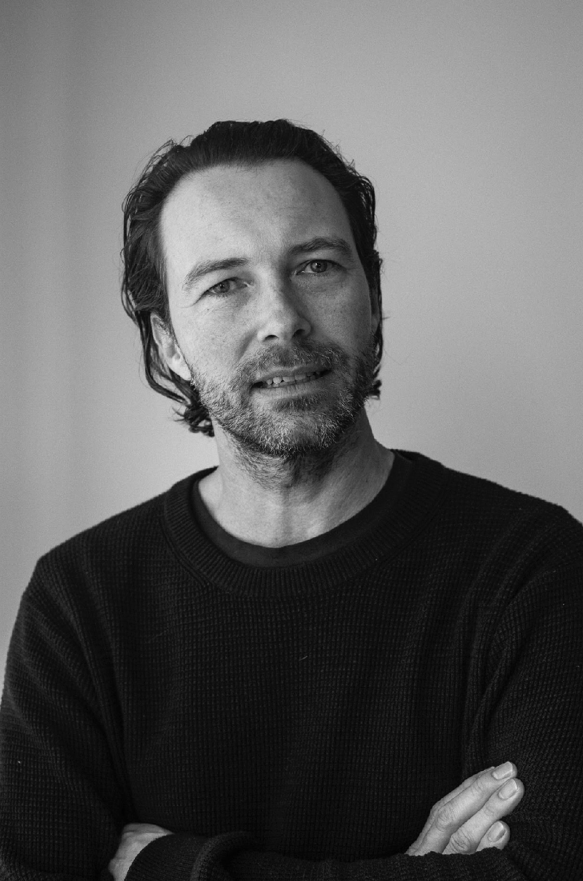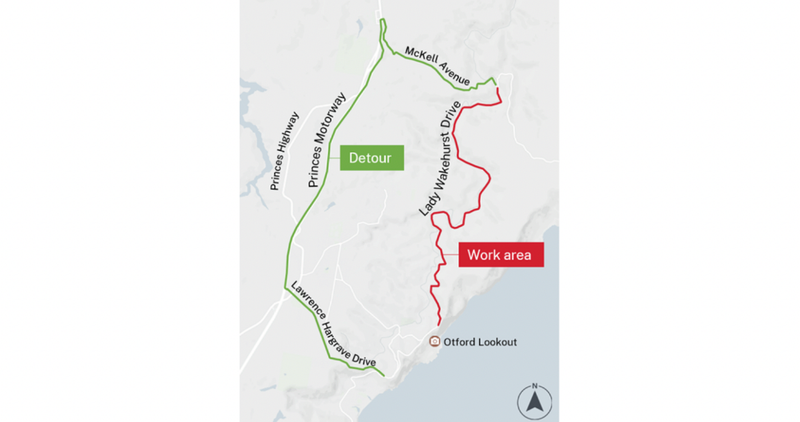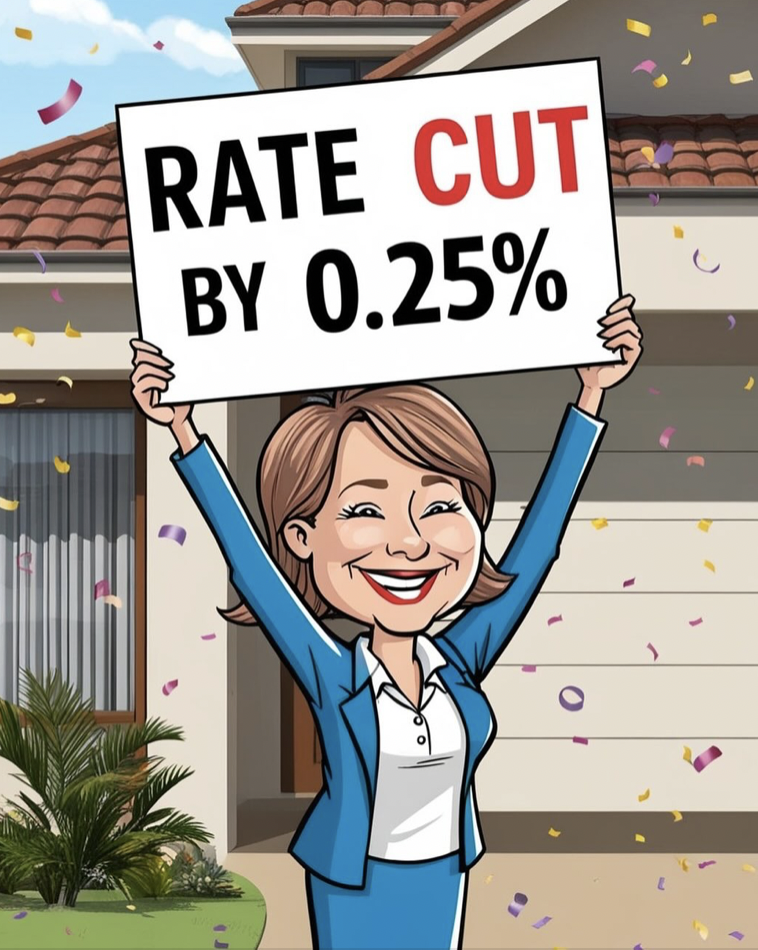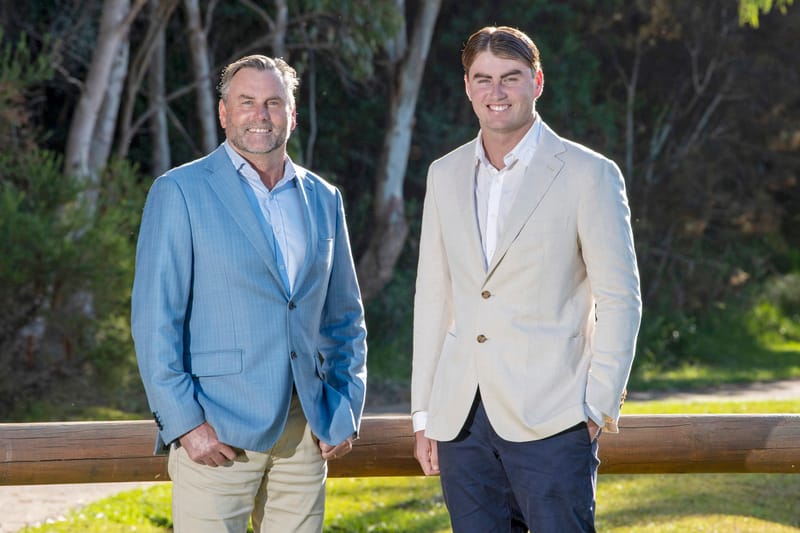Beware the purveyors of 'Archiporn'
I recently read an excellent article by a Perth architect, Ben Caine, (see below for a link). The article was titled “Sustainable architecture and design: how to avoid the seven deadly sins”. Catchy right? Probably somewhat more palatable than...
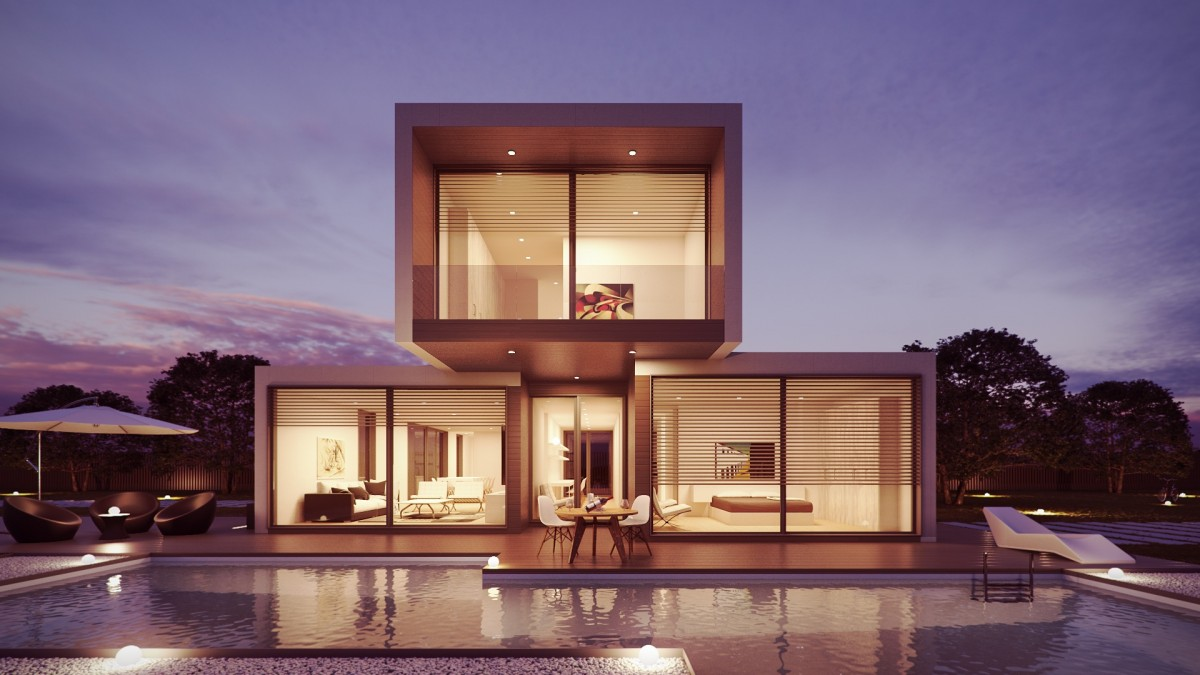
I recently read an excellent article by a Perth architect, Ben Caine. The article was titled “Sustainable architecture and design: how to avoid the seven deadly sins”. Catchy, right?
Whilst Ben calls out the seven deadly sins of architecture, I refer to them as archiporn. I checked Urban Dictionary and there’s no definition for archiporn yet, but if you search for it on Instagram it has over 800,000 posts. An online search reveals it has its origins in a digital advertising agency that has worked with architects “to denote extreme examples of films with slowly moving cameras, showing very orchestrated empty spaces, lovingly caressing bits of architecture”.
Ha! Lovingly caressing bits of architecture sounds more like a romance film than porn! I would suggest that archiporn also includes social media posts, glossy magazine photos and those gorgeous real estate renderings for developments as yet unbuilt. Really, it’s anything that makes you go ‘Wow, I would like to live there’.
And what’s so wrong with it? Well, in Ben’s well-considered article, the issue is an industry-wide one. The more celebrated “starchitects” (this term is defined on Urban Dictionary – go look it up!) require clients with fat wallets to pay them higher fees to realise their architectural masterpieces. In order to capture that luxurious market, it’s a constant “arms race” of superb detailing, winning awards, getting published and creating compelling renders. Although many would defend this type of meritocracy, the ramifications of the architectural arms race means many high-end houses lose out in the sustainability stakes. Quite often clients of these homes are disappointed to find out that their very expensive large homes are also very expensive to heat, cool and maintain.
The average new house build in Australia is hovering at about 235 square metres and that includes many of these high-end homes. Often they are much larger at the very top end. One of the houses that won an award in last year’s NSW Architecture Awards was a whopping 327 square metres!
Apart from size, Ben outlines his seven deadly sins of high-end design as being:
1. Highly specific floorplans
2. Ignoring building science
3. Excessive use of steel structure
4. Concrete roofs, balconies and awnings
5. Internal box gutters and terraces over living spaces
6. Impractical materials and finishes
7. Complex construction detailing
I won’t go into the reasons behind all of these, but you can go find his article if you want to delve deeper. Suffice to say that the net effect of the sins can result in an expensive house with dubious sustainability credentials. Not all starchitects are to blame. There are many that do indeed create more compact and efficient designs. Those that don’t would likely retort that they are merely responding to their client’s brief, or that it’s the only way to make money in architecture.
We need to ask of ourselves, where does the responsibility of addressing climate change lie? Of course, the answer to that is in all of us. Especially all of us in developed countries like Australia that have benefited from an early Industrial Revolution pre-climate change crisis. This includes the purveyors of architecture awards, the glossy magazines (online and print) and yes, us architects.
Less than 5% of houses are designed by architects, so one could be forgiven for saying we don’t have much impact in the grand scheme of things, but if the standard of award-winning houses are these high-end disasters, what does that say to the rest of us homeowners aspiring for some good design. What flag are we flying? Climate adaptation or climate disaster? I agree with Ben when he advises homeowners and renovators to get themselves informed and be on the lookout for those deadly sins. If your architect proposes to sin, call them out on it and ask them to justify themselves!

